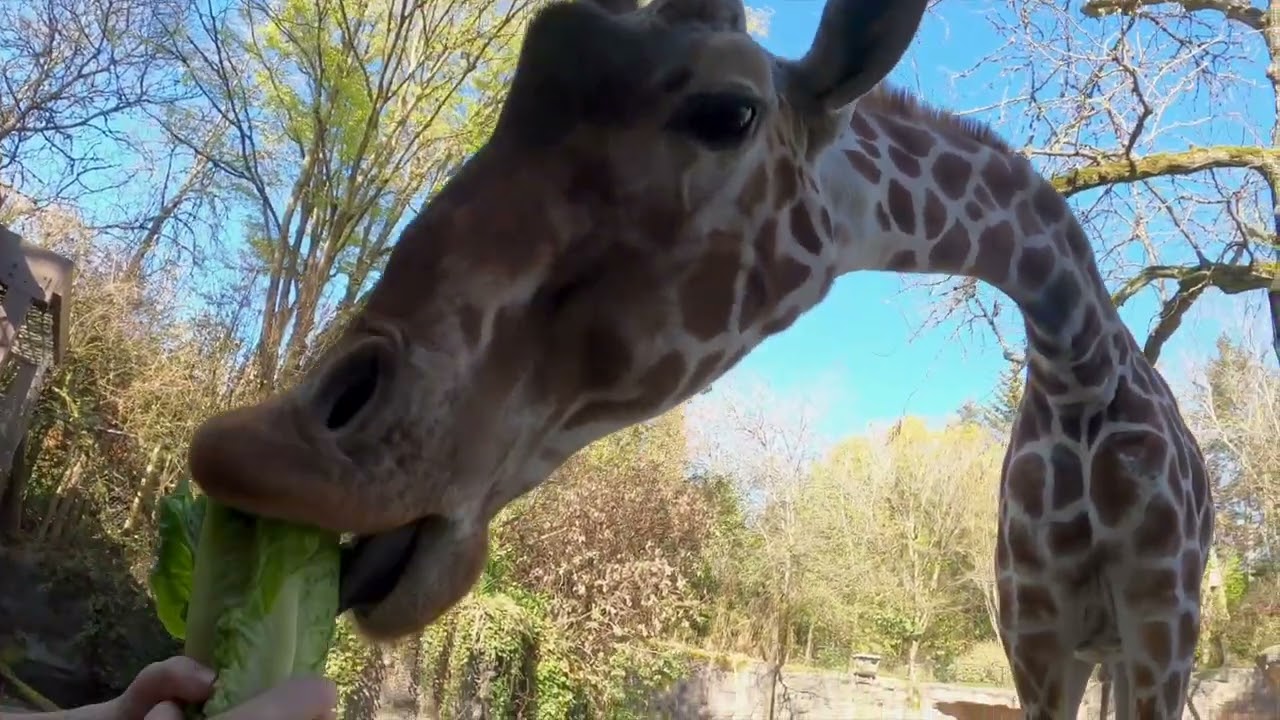– The anatomy and physiology of giraffes and their specialized feeding habits.
– The role of vegetables in the diet of giraffes, both in the wild and in captivity.
– The importance of environmental enrichment in zoo management for maintaining the health and well-being of captive giraffes.
– Conservation efforts for giraffes and their habitats, highlighting the challenges and strategies.
As the tallest mammals on Earth, Giraffes have evolved a fascinating array of physical and behavioral adaptations that enable them to thrive in their African savanna habitats. One of the most striking aspects of giraffe anatomy is their long neck, which allows them to reach high into trees for leaves and buds that are out of reach for other herbivores. This adaptation is complemented by a highly specialized tongue, lips, and jaw configuration that enables them to feed effectively and selectively.
The diet of giraffes in the wild predominantly consists of leaves, shoots, and branches of trees and shrubs, particularly from acacia species, which are abundant in their natural environment. However, “Tall Giraffes Crunch On Crispy Vegetables” sheds light on the importance of incorporating vegetables into their diet, especially for those living in captivity. Vegetables offer a variety of nutritional benefits that might not be as readily available in their regular feed of hay and foliage. Items such as carrots, lettuce, and cabbage can provide essential vitamins and minerals, promote hydration, and add variety to their diet, enhancing their overall health and welfare.
In managed care settings, such as zoos and wildlife parks, providing a diet that mimics the variety and nutritional composition of what giraffes would consume in the wild is crucial. This approach supports not only their physical health but also their mental well-being. Environmental enrichment, which offers new and engaging experiences to stimulate the animals’ senses and encourage natural behaviors, is a key component of modern zoo management. For giraffes, this can include presenting food in ways that encourage natural foraging behaviors, such as high feeding platforms that mimic browsing from tall trees and puzzle feeders that require manipulation with their tongues to access treats like vegetables.
Beyond nutrition and enrichment, conserving giraffes in their natural habitats presents a complex set of challenges, including habitat loss, poaching, and disease, all of which threaten wild populations. Conservation programs both in situ (within their natural habitat) and ex situ (outside their natural habitat) play pivotal roles in the survival of these majestic animals. Research on giraffe behavior and physiology, much of which can be supported by observations in captivity, informs conservation strategies that aim to protect giraffes and their ecosystems.
Collaboration between zoos, conservation organizations, and local communities is vital for the success of these efforts. Zoos often participate in species survival plans that aim to maintain genetically diverse populations in captivity as a hedge against extinction and support field conservation projects. These projects may involve habitat restoration, anti-poaching patrols, and community education programs to promote coexistence between giraffes and local people.
The interest in “Tall Giraffes Crunch On Crispy Vegetables” highlights how best to care for and conserve these iconic animals, both in captivity and in the wild. It illustrates the importance of understanding giraffe behavior and dietary needs, the role of zoos in education and conservation, and the ongoing efforts required to ensure giraffes remain a prominent feature of Africa’s savannas for generations to come. Engaging with this topic encourages us to appreciate the complexity of giraffe conservation and the dedicated work of those striving to secure a future for these gentle giants. Through sustained research, conservation action, and public awareness, there is hope that giraffes can continue to stretch high into the sky, crunching on crispy vegetables for many years.
*****
Source Description
If you have a carrot … share it!


